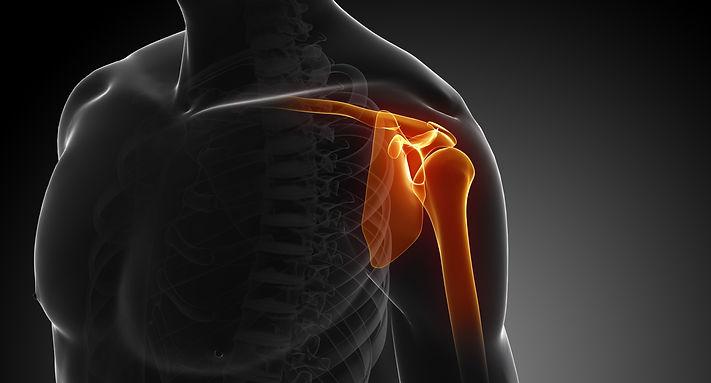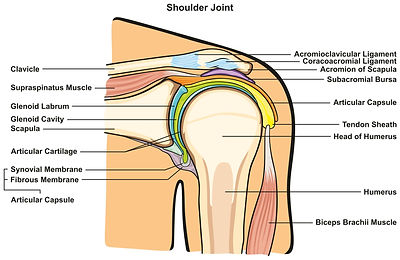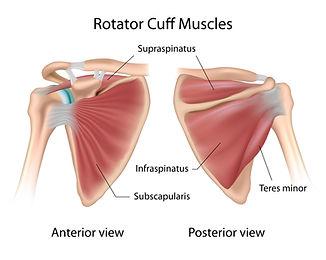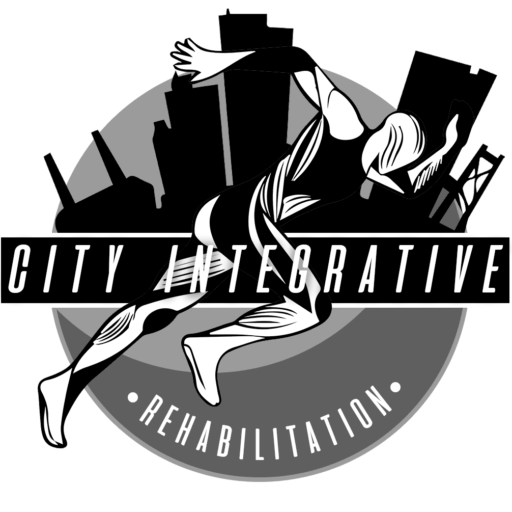
The shoulder (glenohumeral joint) is one of the largest and most complex joints in the body. This ball-and-socket joint comprises of the humerus, scapula, and clavicle with a variety of joints, tendons, ligaments, and muscles (including rotator cuff) that are common sites for many injuries. Our shoulder is one of the most versatile regions of the body and involved with most functional activities that we do. Unfortunately, with such high demand and common dysfunction (joint mobility and motor control), the shoulder is one of the most unstable joints in the entire body. Shoulder joint dysfunction can be heavily involved with pain in the shoulder, neck, back, and other regions of the body. Shoulder pain has many different origins and presentations and should always be evaluated by a medical professional.

CONDITIONS WE TREAT:
- Abnormal Posture
- Acromioclavicular Joint (AC) dysfunction
- Adhesive Capsulitis (Frozen Shoulder)
- Brachial Plexus Disorders
- Dislocation/Subluxation
- Generalized Muscle Weakness
- Hydroxyapatite Crystal Deposition Disease (HADD)
- Hypermobility
- Impingement Syndrome
- Improper Motor Pattern
- Myofascial Pain Syndrome
- Non/Pre and Post-Surgical Rehabilitation (Rotator Cuff repair, Labral repair, Arthroscopic debridement)
- Repetitive Stress Injury (RSI)
- Rotator Cuff Injury
- Scapular Winging
- Shoulder Instability
- Shoulder Labral Tear
- Shoulder Osteoarthritis (Arthritis)
- SLAP Tear
- Sports Injuries
- Subacromial Bursitis (Shoulder)
- Tendinopathy
- Thoracic Outlet Syndrome (TOS)

SYMPTOMS:
Pain | Instability | Popping/Clicking | Pinching Burning | Tightness/Stiffness | Numbness/Tingling Radiation | Dull/Achy | Fatigue | Muscle Spasm | Loss of normal range of motion
OUR TREATMENT DIFFERENCE:
Shoulder pain has many origins and presentations and can affect a patient in many different ways. The region of pain might not be the region that is causing your current issue. Our team of doctors evaluates each patient through a detailed history and comprehensive physical exam that includes a series of dynamic and static tests, postural evaluation, shoulder stability tests, and examination of the lower or upper extremity movement patterns that trigger your symptoms. This thorough examination will allow us to identify what is causing your pain or dysfunction and begin working on an individualized treatment plan with corrective exercises that fits your exact needs.
